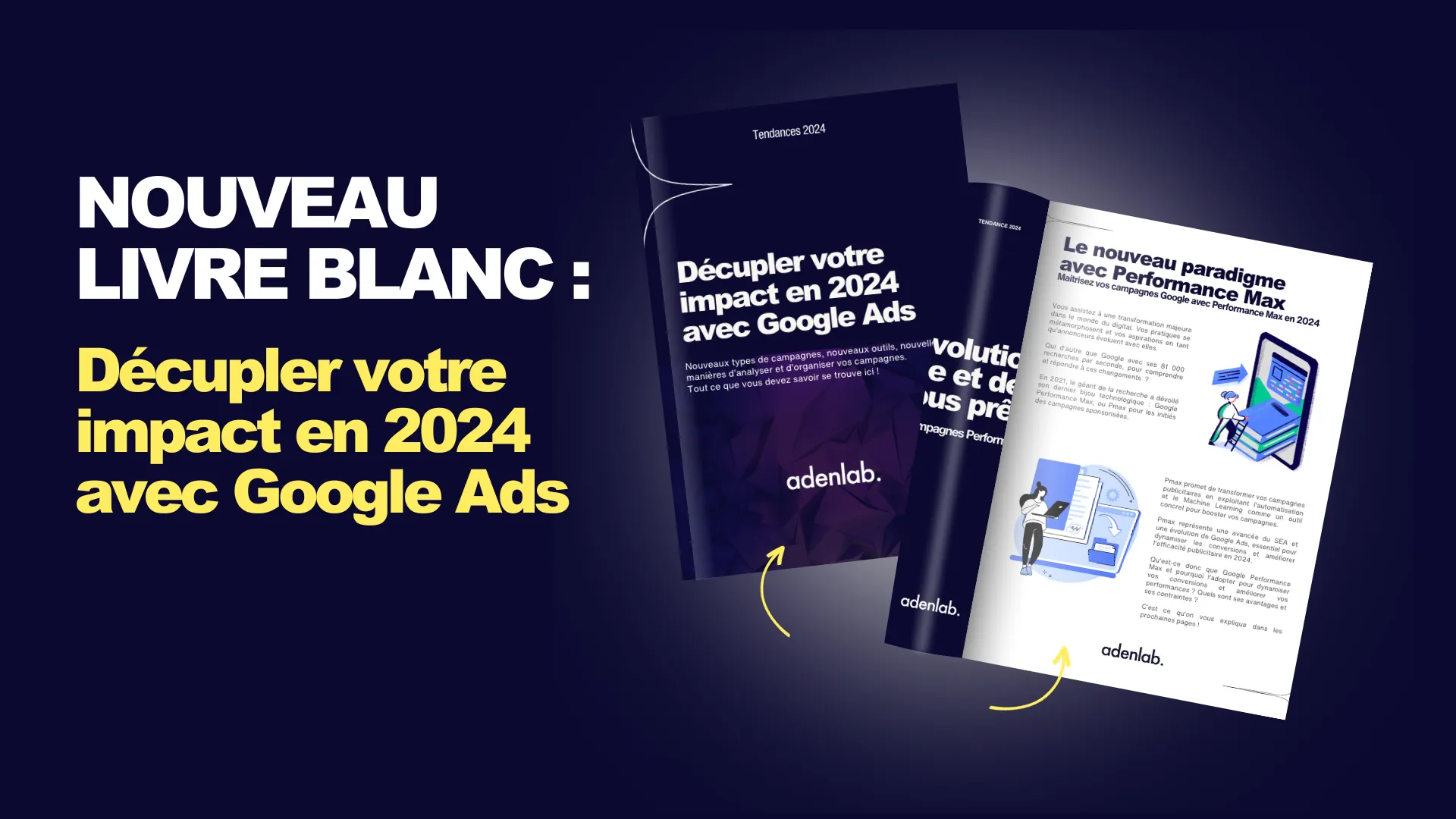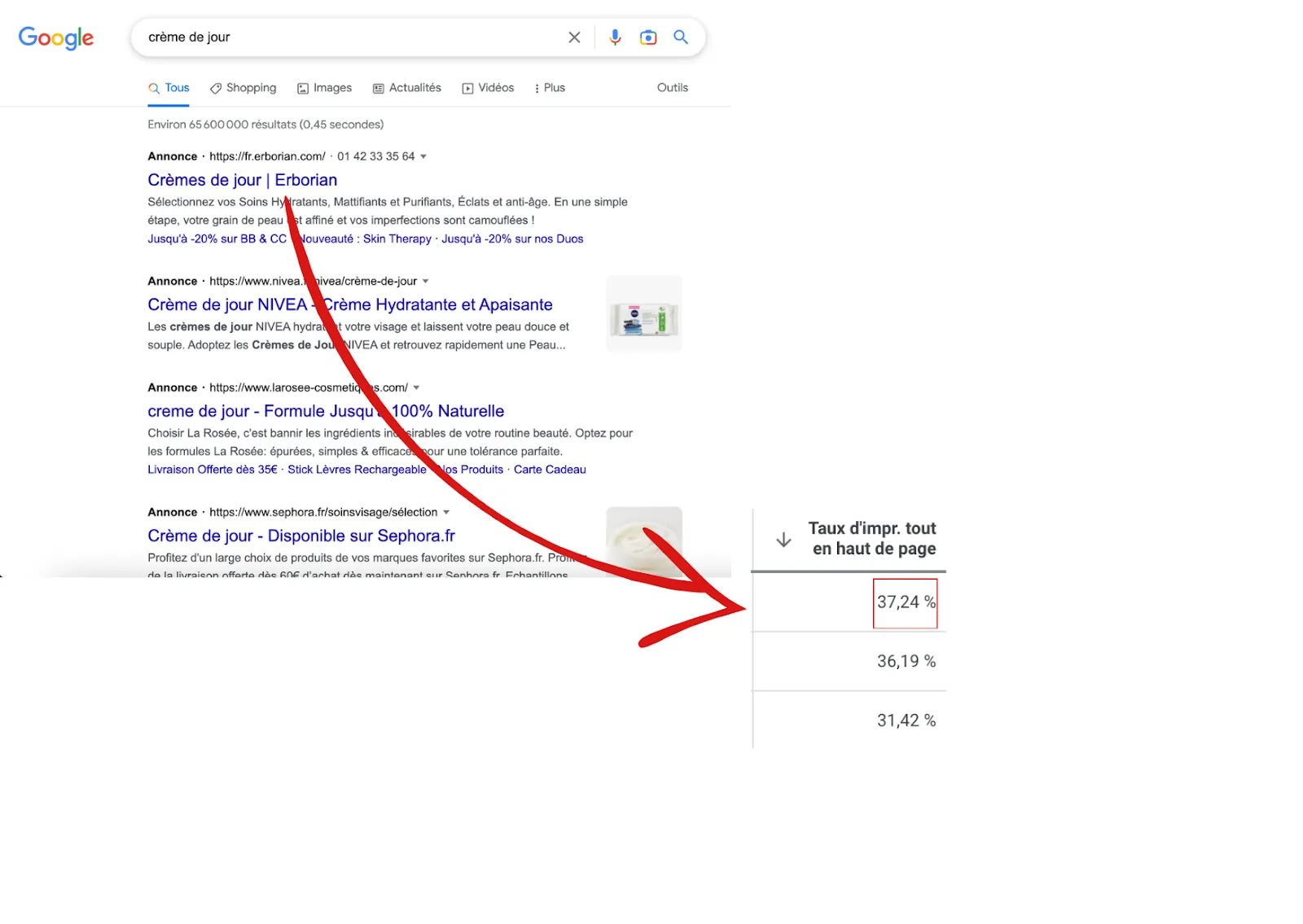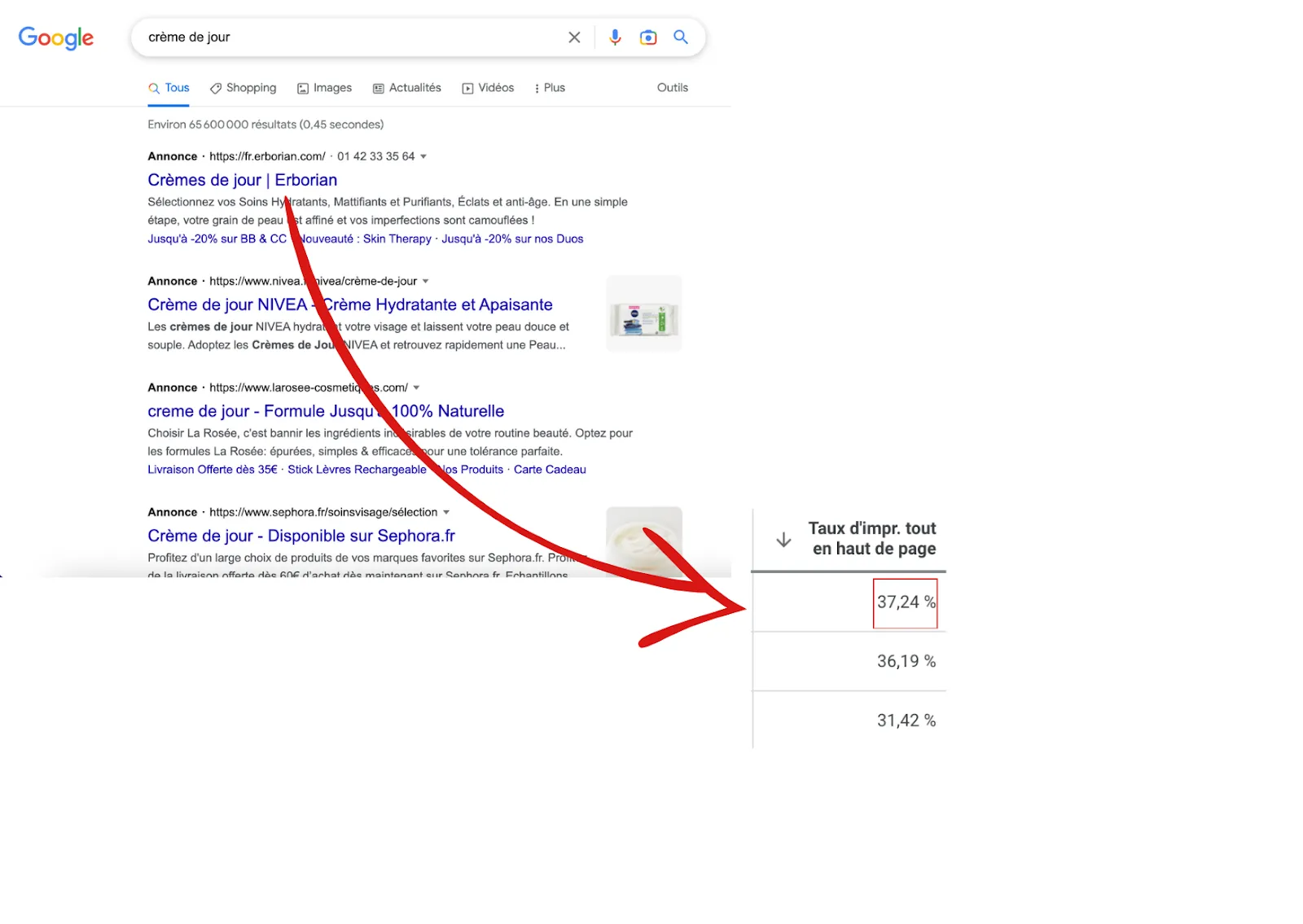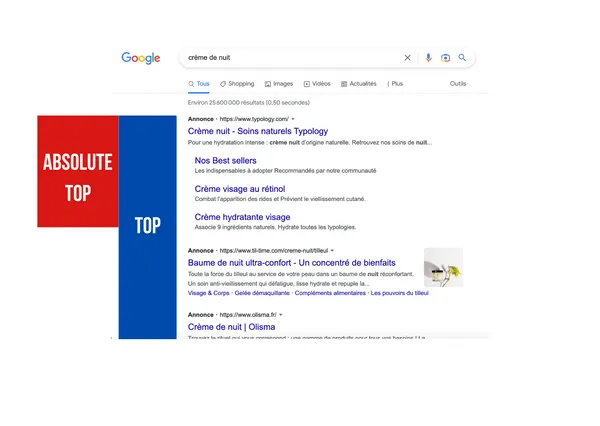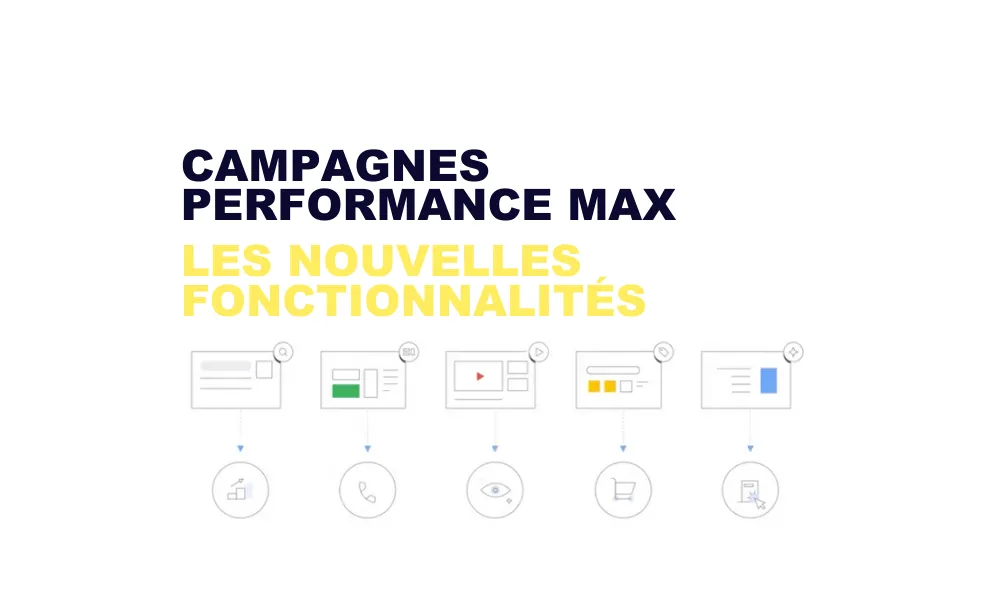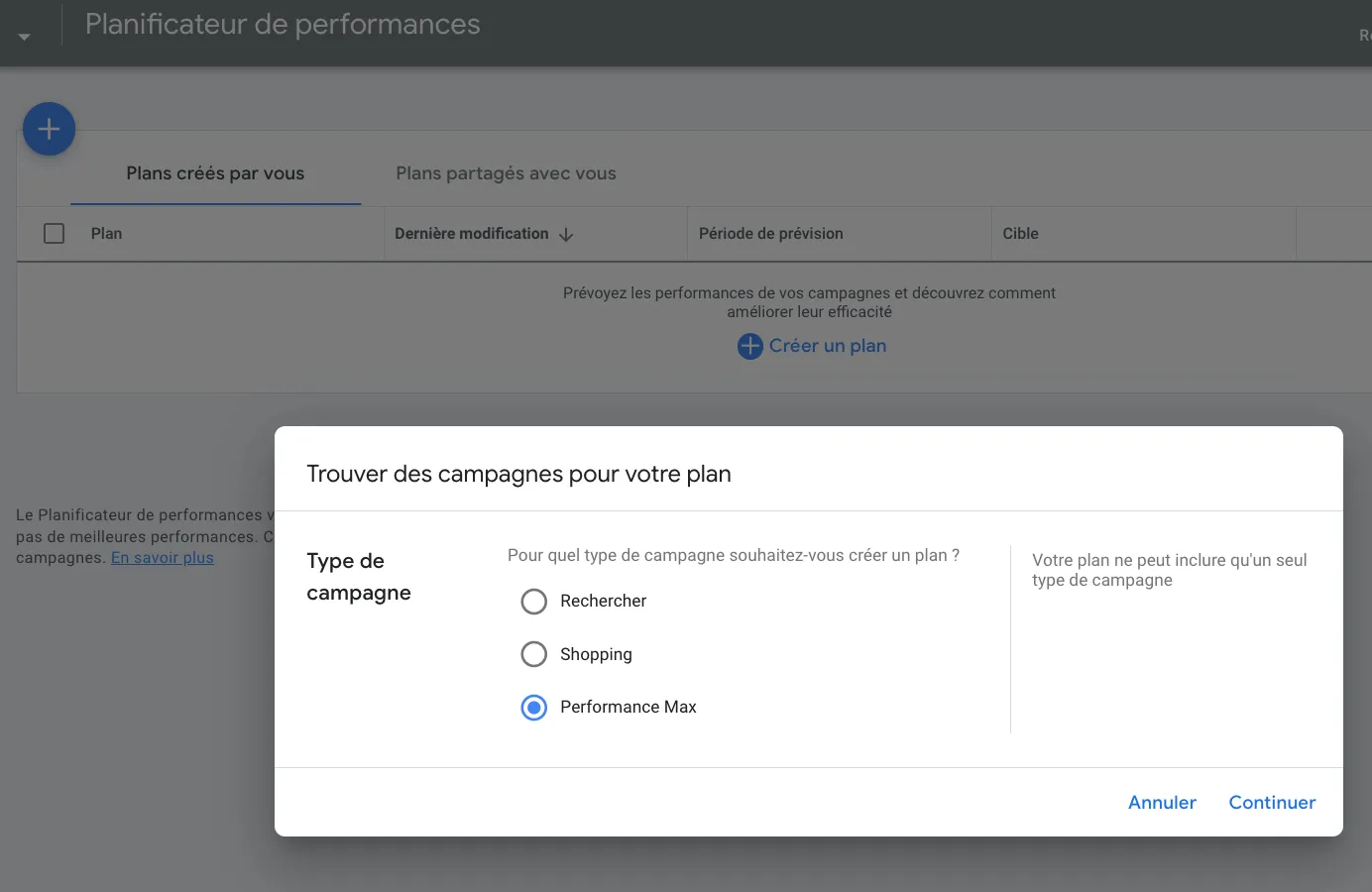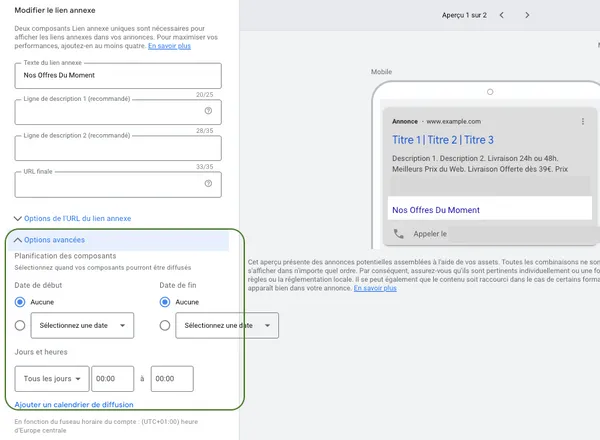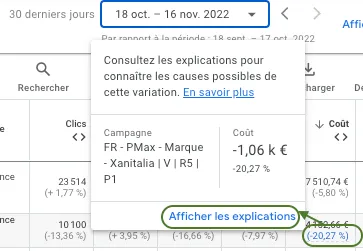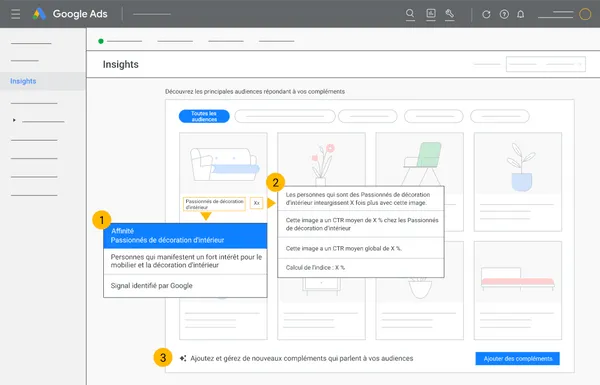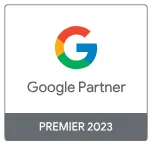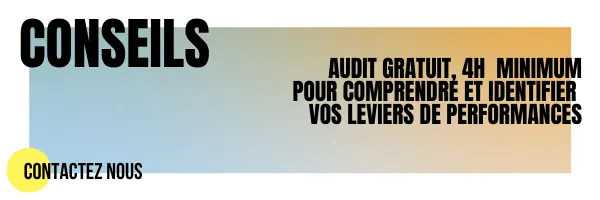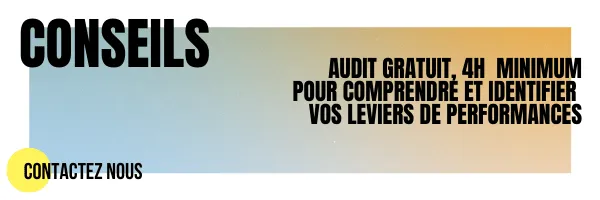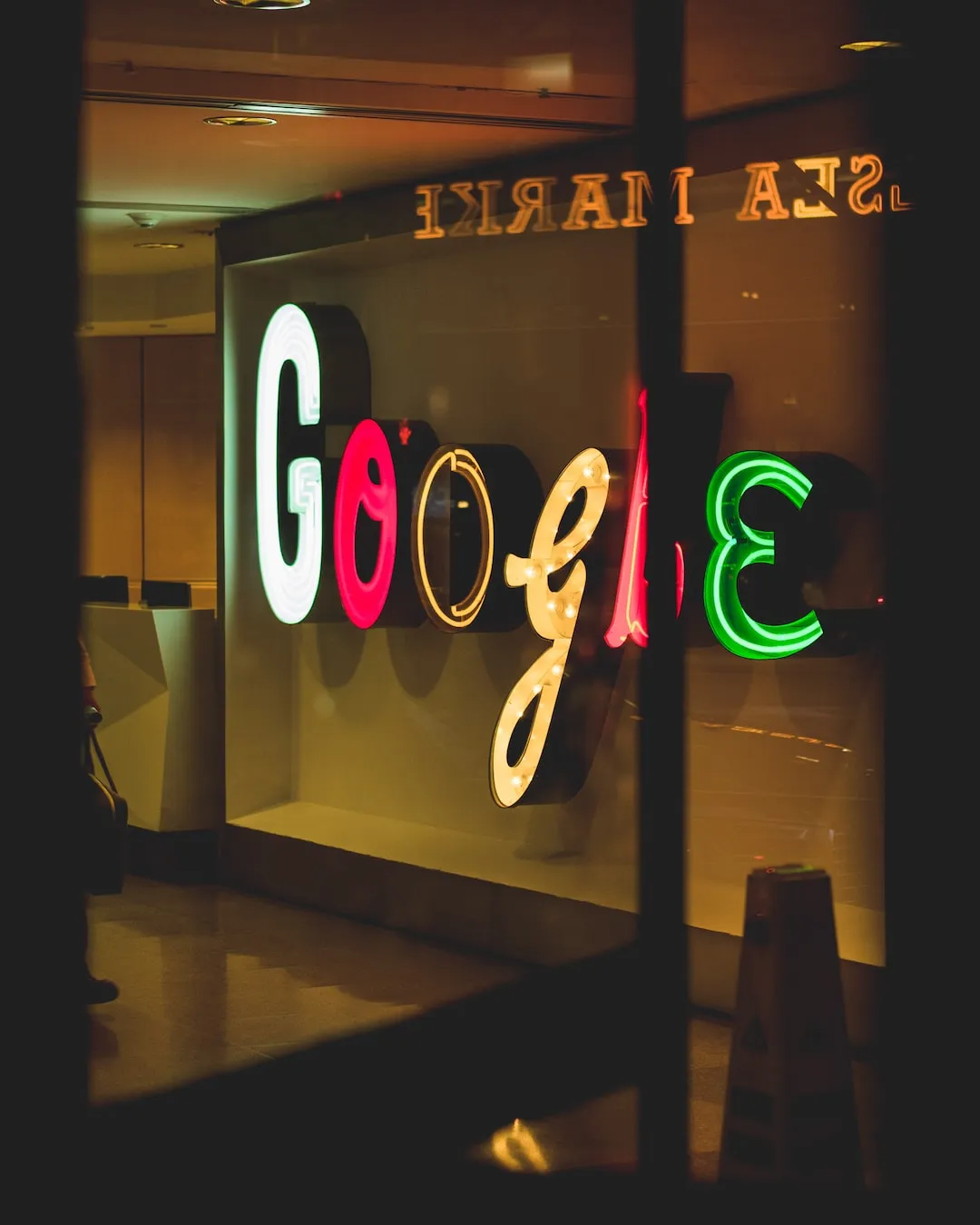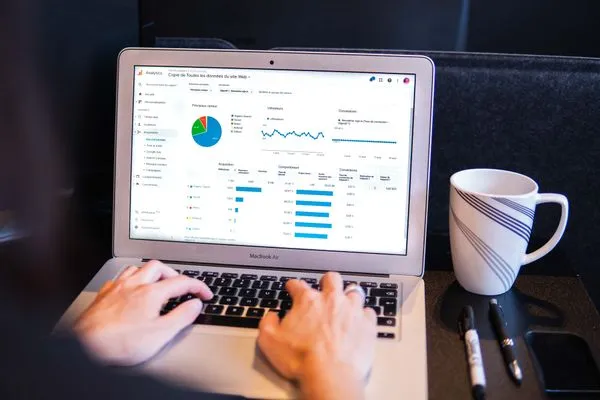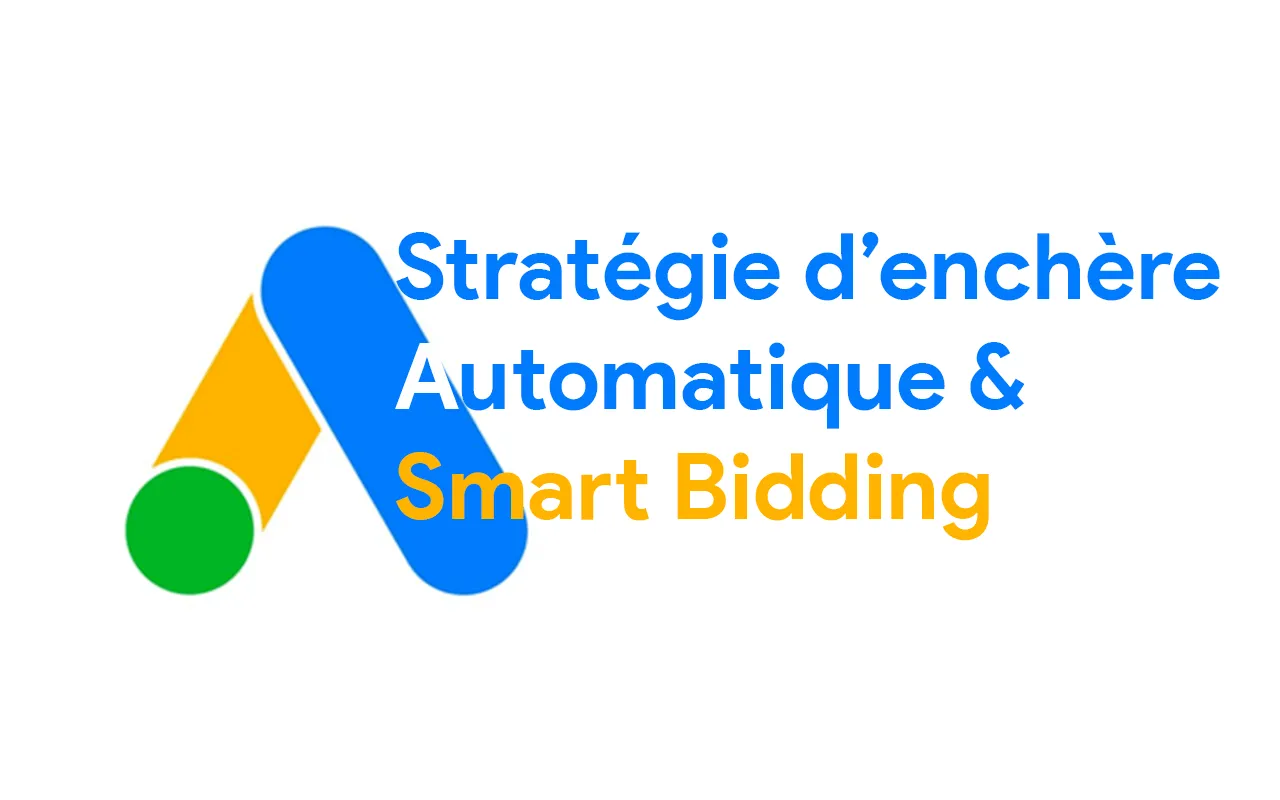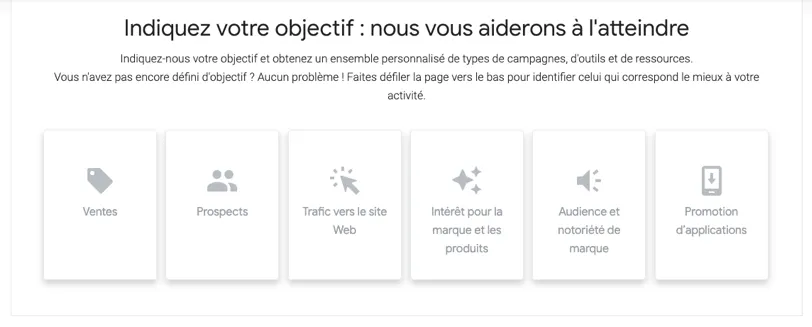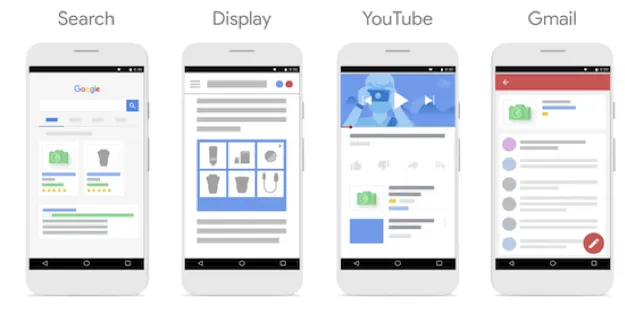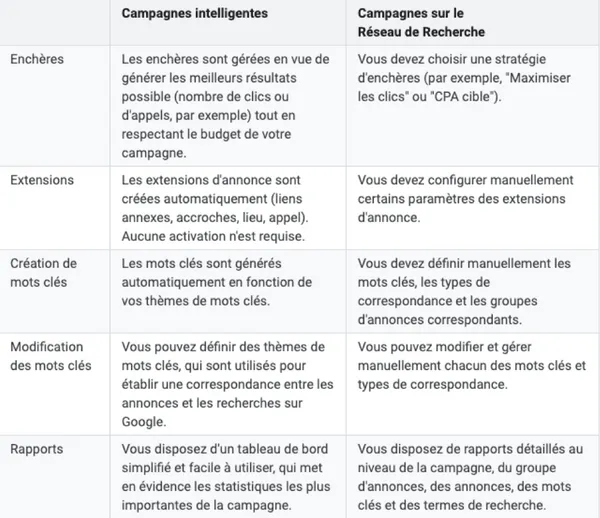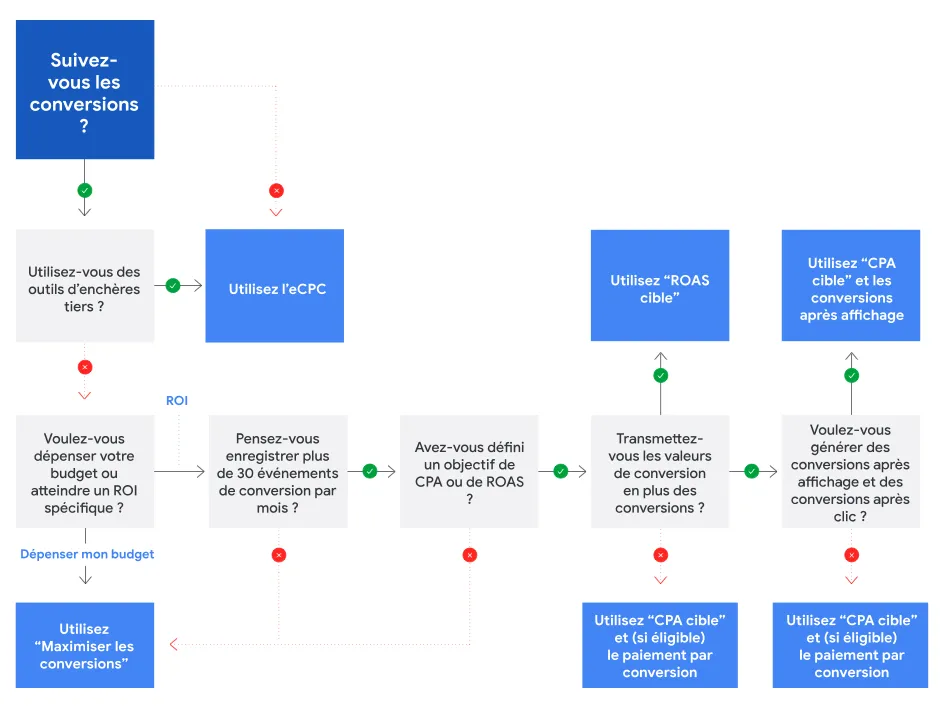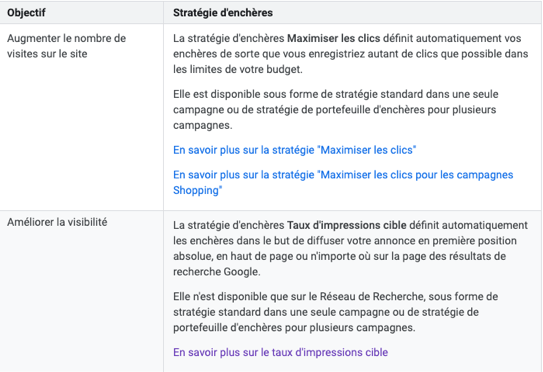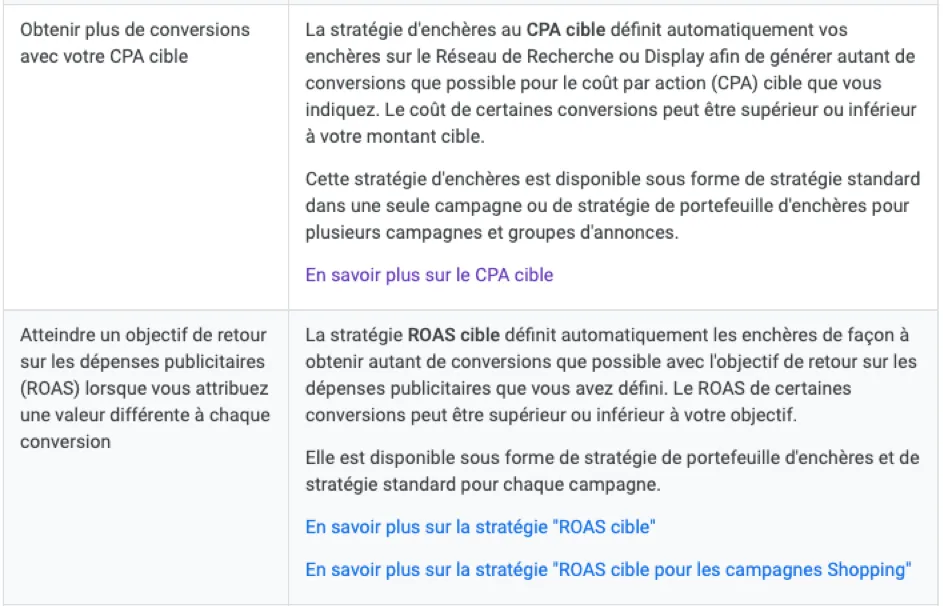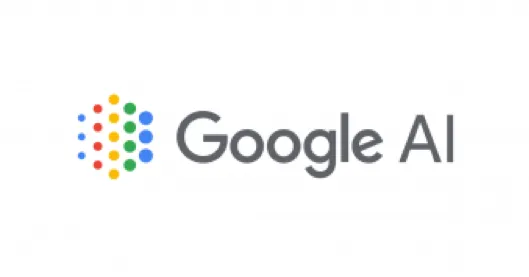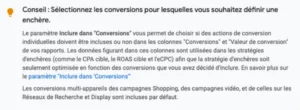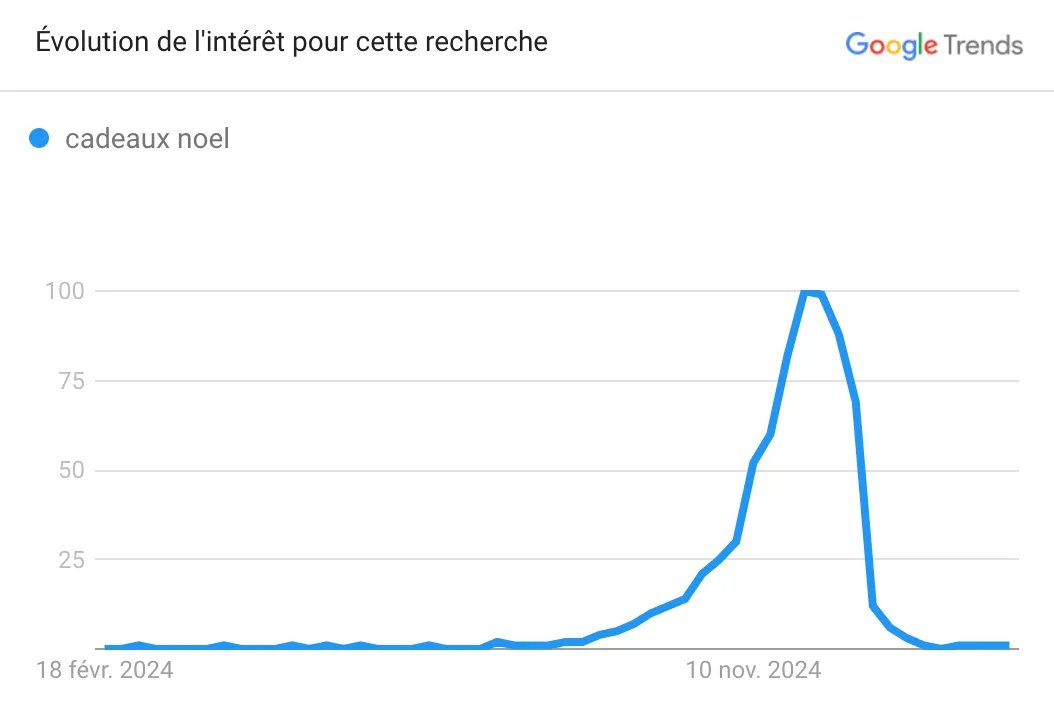Over the past few years, bid management on Google Ads has evolved considerably.
Indeed, Machine Learning technologies and campaign objectives have changed the game, and manual bid management is no longer relevant.
Assigning a bid for each of your keywords used to be the norm and also best practice: this is no longer the case.
So how can you control your bids and reduce your cost per click, which has a direct impact on the cost of your campaigns and your profitability?
Here are a few tips
Cutting costs and saving money never hurt anyone.
Especially when you spend a regular budget on Google Ads.
Your level of profitability on Google Ads is controlled above all by the Return on Advertising Investment(ROAS) and your cost of acquiring a sale or customer(CAC).
However, if you start at the beginning, you also need to control your Cost Per Click (CPC).
Here are a few tips for reducing the cost per click (CPC) of Google Search ads.
Be selective when choosing your keywords
Once you’ve launched your text campaigns on Google Ads, you’ll need to analyze the search terms that have brought you conversions.
Therefore, quickly identify the keywords that convert and focus on those same keywords.
Its keywords won’t necessarily be the cheapest in terms of CPC, but if you remove the terms that earn you nothing, you’ll save money.
You therefore need to reduce your list of keywords for your campaign.
Improve your quality score
The quality of your ads plays an essential role in yourAd Rank.
Your ad must meet the needs of the Internet users who are looking for you. What’s more, your ad won’t be the only one in Google’s search results, so be relevant and make your future customers want to click on your ad!
It’s all about taking the time to update your ads regularly
A high-quality ad is likely to get a click at a lower cost.
I understand that it’s sometimes difficult to find the right words and phrases for your catchphrase.
So tell yourself one thing:
My first sentence should make you want to read the second sentence 😉
AB Test your bidding strategies
As explained in the introduction, bids are no longer managed on a granular, keyword-by-keyword basis. Bids on Google Ads are now managed at campaign level, according to the objectives you’ve set for your campaign.
It’s Google’s Machine Learning algorithms that assign the bid to your keyword and ad.
A method for optimizing your costs per click and your bids can be tested.
You’ll then need to use the AB test tools of your Googel Ads campaigns to see which bidding strategy is best suited to lowering your CPCs and achieving your conversion and acquisition objectives.
In fact, with Google Ads tools, you can test 2 bidding strategies for the same campaign. This can sometimes produce excellent results. Stay consistent with your objectives.
To manage your campaigns and ensure your profitability on Google Ads, don’t forget to monitor your conversions and conversion tracking.
Read also:
Conversion tracking with Google Ads
Increase your sales without spending a thing! By improving your search engine optimisation on Google Shopping!



